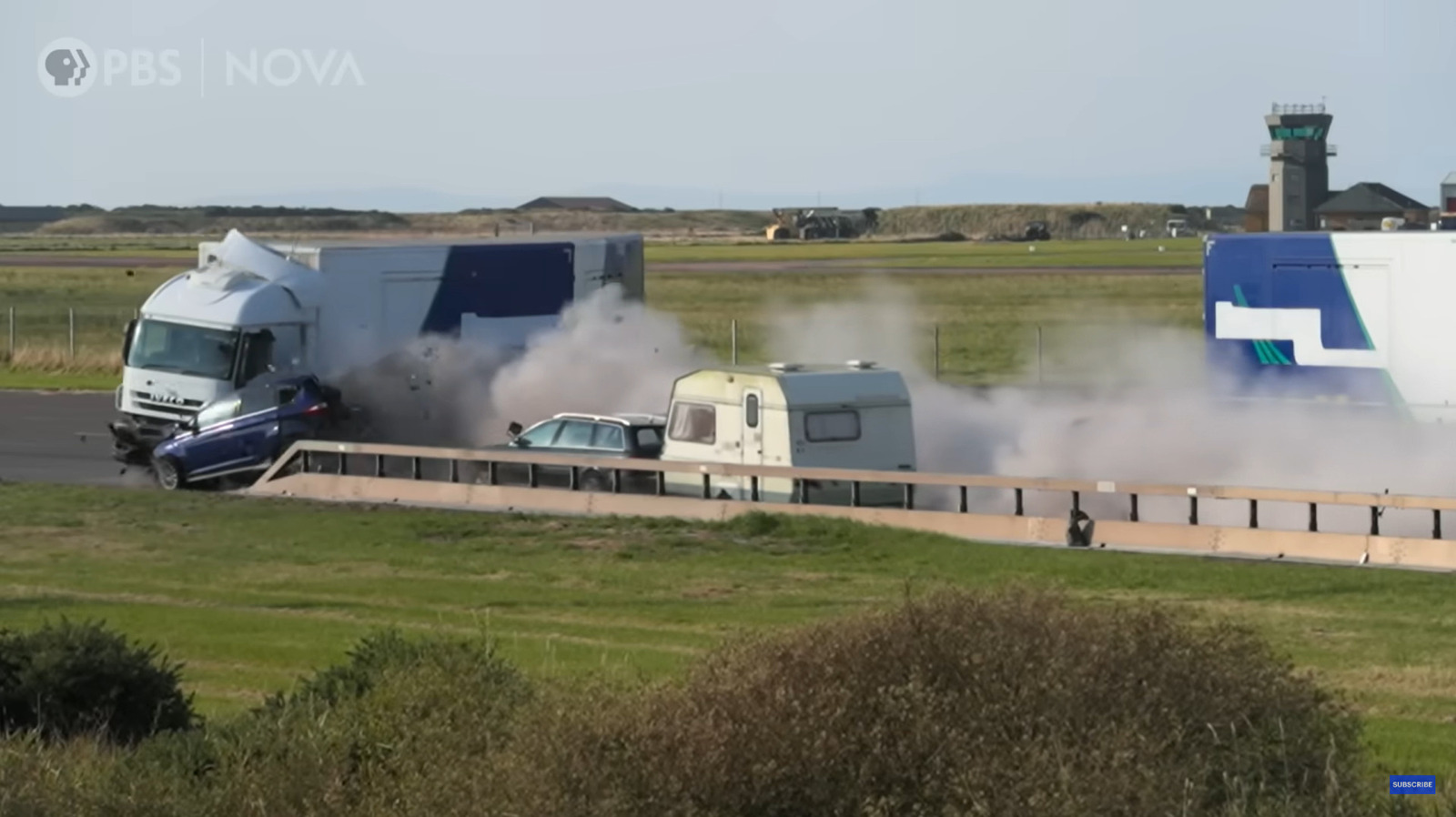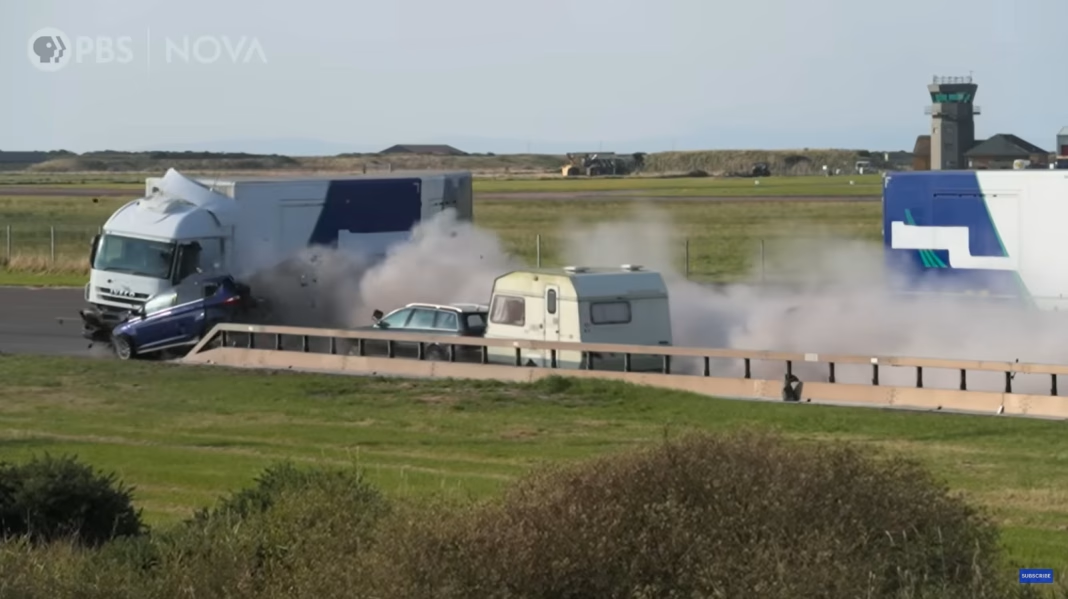Ever wondered how accident investigators piece together the chaos of a multi-car pileup on a freeway? It’s a daunting task, especially when you consider the sheer number of variables involved. Recently, a groundbreaking crash test was conducted to simulate just such an event, and the insights gained from it are nothing short of fascinating.
Understanding the Challenge of Multi-Car Pileups
Multi-car pileups are among the most complex types of accidents. Imagine a busy freeway, cars traveling at high speeds, and suddenly, a chain reaction occurs. The aftermath can be chaotic, with vehicles crumpled together, debris scattered everywhere, and multiple parties involved. Investigators face the challenge of determining not just what happened, but how it all unfolded. Factors like speed, angle of impact, and even weather conditions play crucial roles in understanding these incidents.
The recent crash test aimed to replicate this chaos in a controlled environment. By simulating a multi-car pileup, researchers could analyze how vehicles interact during such events. This isn’t just about smashing cars together; it’s about gathering data that can lead to safer roadways and better accident prevention strategies.
What Did the Crash Test Reveal?
The test involved multiple vehicles colliding in a sequence that mimicked real-life scenarios. The results provided valuable insights into the dynamics of a pileup. For instance, researchers observed how different types of vehicles—like sedans, SUVs, and trucks—responded to impacts. The data collected will help in understanding the forces at play and how they affect the occupants inside the vehicles.
One of the standout findings was the importance of vehicle design in mitigating injuries. Cars equipped with advanced safety features, such as crumple zones and reinforced frames, showed significantly better outcomes for crash test dummies compared to older models. This highlights the ongoing need for manufacturers to prioritize safety in their designs.
Real-World Implications for Safety and Investigation
So, what does this mean for everyday drivers? The insights from these tests can lead to improved vehicle designs and better safety regulations. For accident investigators, having a clearer understanding of how collisions unfold can streamline their work. They can analyze crash data more effectively, leading to quicker resolutions and potentially preventing future accidents.
Moreover, this research can influence public policy. With more data on the causes and effects of multi-car pileups, lawmakers can advocate for changes in traffic laws, road design, and even driver education programs. The goal? To reduce the frequency and severity of these devastating accidents.
A Shift in Perspective on Road Safety
The big takeaway? Understanding multi-car pileups isn’t just about analyzing wreckage; it’s about using that knowledge to foster safer driving environments. Each test, each piece of data, contributes to a larger narrative about road safety. It’s a reminder that while accidents can happen in the blink of an eye, the work done behind the scenes can have a lasting impact on preventing them.
Next time you hit the road, remember that every safety feature in your vehicle is a result of extensive research and testing. And if you’re ever involved in an accident, know that investigators are equipped with more tools than ever to piece together the story of what happened. It’s all about making our roads a little safer, one test at a time.


